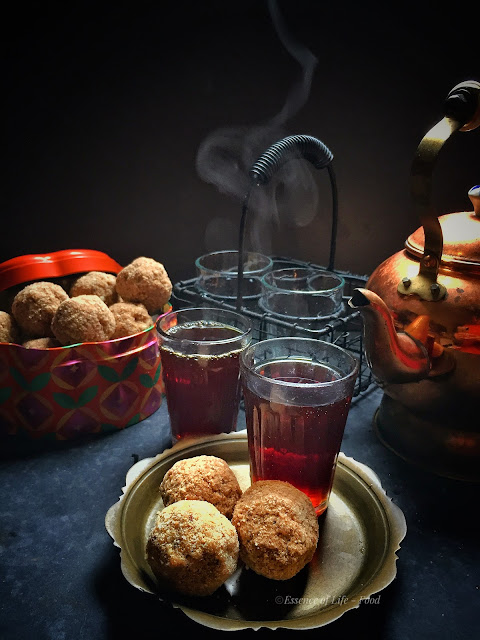MOONG DHAL
 |
| MOONG DHAL |
Yellow Moong Dhal are Mung Beans that have been skinned and split from the whole Green Moong Bean. They are flat and yellow in colour. Yellow Moong Dhal is extremely light and very easy to digest, all the more they are very easy to cook. Moong Dhals are considered to be super foods as they are packed with protein and very low in carbohydrates.
Compared to other dhals, Moong Dhal is one of the low carb pulses. As it is one of the easily digestible dhal, it is free from gas too. But it lacks fibre compared to Green Moong Dhal. It is a good source of Protein for vegetarians.
For more FOOD AS MEDICINE, Click here...
Yellow Moong Dal (100 gm serving)
Energy 347 kcalProtein 23.86g
Total Fat 1.15g
Cholesterol 0mg
Sodium 15mg
Total Carbohydrates 62.62g
Dietary Fiber 16.3g
Sugars 6.6g
YELLOW MOONG DHAL - USAGE, HEALTH BENEFITS & AYURVEDIC QUALITIES
USES OF MOONG DHAL :
- Wash and remove any debris from the Dhal before cooking.
- It can be cooked as such, in a sauce pan or can also be pressure cooked.
- Can also soak Yellow Moong Dhals for about 3-4 hours before cooking.
- Soaked Moong Dhal is used in a South Indian dish called Kosmalli.
- Some recipes call for dry roasting the Dhal until fragrant before cooking them.
- Moong Dhals are dry roasted for recipes like Ven Pongal, Sarkkarai Pongal, Parippu Pradhaman, Moong Dhal Sundal etc.,
- Soak or dry roast/just clean and wash the Dhals, add enough water to cover the dhal and cook as required for the recipe.
- They are also used in Porridge and Kichdis.
- Moong dhal Vadais are a popular snack in South India
- Cooked Moong Dhals do not hold their shape well.
- So they are mostly used in soups and as Purees in Desserts like Moong Dhal Halwa, Pradhamans etc.,
- Moong Dhal Paste is used as stuffing for Parathas.
- Moong Dhal Namkeens are one best snack prepared with Yellow Moong Dhal.
- Moong Dhal is used to make Dhal Fries, Sambars and in various curries.
- Chinese Desserts like Moong Bean Cake (Ivdougao) and a dessert called Goankann are prepared with cooked Moong Beans
- Ang Ku Kueh or Steamed Tortoise Cake uses Moong Bean paste as stuffing.
- Chè hoa cau is a popular Vietnamese mung bean dessert soup.
- According to Ayurveda, Moong Dhal should be cooked with ghee (or other oil) to antidote its dry and astringent qualities.
HOW TO STORE MOONG DHAL :
- Pre-packed Moong Dhal is easily available in grocery stores.
- Check the expiry date on the package before buying them.
- Also, ensure that there is no evidence of moisture.
- Moong Bean tends to lose its freshness over a long period of time.
- So buy the required amount for your household use.
- Store them in airtight containers, free from moisture in a cool and dry place.
HEALTH BENEFITS OF MOONG DHAL :
- It is considered to be a super food, as it is a good source of Protein with essential amino acids.
- Moong beans are considered as an alkaline food, as they have high quantities of alkaline minerals - Calcium, Magnesium, Potassium and Sodium.
- They are also rich in Vitamin C and Vitamin B.
- They contain both Carbohydrates and Proteins.
- They also have a very low GI (glycemic index)
- It is one of the easily digestible Dhals/Lentils.
- It is free from gas and does not cause flatulence.
- Dieticians recommend eating Yellow Moong Dhal frequently compared to other dhals.
- It also helps in cooling down the body heat.
- It has the special quality of nourishing the tissues and immune system.
- It has a calming and grounding effect on the mind/body.
- This lentil also helps to decrease high cholesterol.
- The astringent taste of Moong Dhal helps tone your digestive organs.
- It helps in cleansing the gut, by getting rid of toxins and parasites from the intestines.
- Moong Dhal is one dhal which can be eaten while you are sick, and Ayurveda prescribes this in your dietary schedule during treatments.
- According to Ayurveda, Moong Dhal should be cooked with ghee (or other oil) to antidote its dry and astringent qualities.
AYURVEDIC QUALITIES OF MOONG DHAL :
From an Ayurvedic perspective, moong dhal have the following qualities :
- Rasa: Sweet, Astringent
- Virya: Cooling
- Vipaka: Sweet
- Qualities: Light, Dry
- Actions on the Doshas: Tridoshic, balances Vata, Pitta and Kapha
- Action on the mind: Sattvic
_______________________________________________________________________________
DISCLAIMER:
Please remember these treatments options are only meant as guidelines and in no way replaces the advice or treatment provided by your medical practitioner. It is always good to seek the advice of your physician, homeopath, naturopath, or herbalist for professional advice in any matter related to your health. This article is for information purposes only.














0 comments